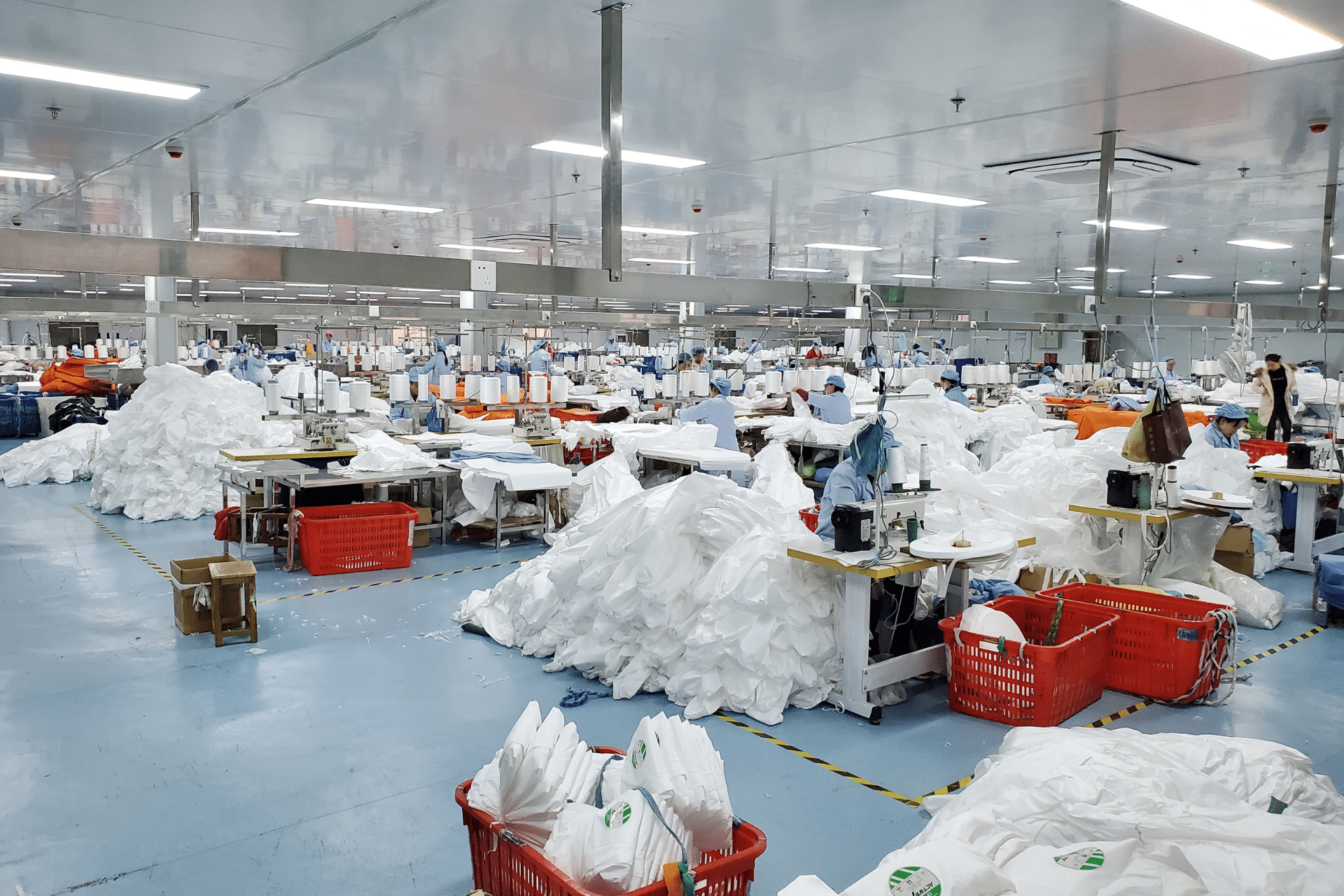Pet pee pads serve a similar purpose for dogs, cats, and other pets as diapers do for babies. Today, these products have become an indispensable part of pet life, offering convenience, hygiene, and comfort. With the continual rise in pet ownership and increased attention to pet health and living quality, the demand for pet pee pads is growing.

Global Market Overview
The global pet pee pad market is nearing a valuation of $400 million by 2023. According to a report by Fact.MR, the demand for pet pee pads is estimated to reach a market value of $366.75 million by 2024.
- Absolute Dollar Growth: Expected to reach $477.88 million by 2024.
- Compound Annual Growth Rate (CAGR): The report forecasts a robust growth rate of 8.7% from 2024 to 2034, with an anticipated value of $844.64 million by the end of 2034.
Regional Insights
1. The United States
- Innovation and Pet Care Awareness: The rising number of pets and potential for pet care expenditure are driving demand for innovative products, including pet pee pads, positively affecting sales in the US.
- Pet Ownership Statistics: According to the American Pet Products Association (APPA), 66% of US households are expected to own a pet in 2023, roughly 86.9 million homes.
- Market Valuation: Sales of pet pee pads in the US are estimated to reach $146.12 million by the end of the forecast period.
2. Asia-Pacific Region
- Opportunities in Rapid Urbanization: Rapid urbanization, along with increasing disposable income and awareness of pet care, may create new opportunities for pet pee pad companies in the Asia-Pacific region.
- Key Markets: China, India, and Indonesia are significant markets within the region.
- Growth Forecast: China’s pet pee pad shipments are expected to increase significantly, with an 8.9% CAGR from 2024 to 2034, reaching a revenue valuation of $135.98 million.
3. Europe
- Lifestyle Changes Driving Pet Consumption: While pet culture varies across European countries, the demand for pet consumption is significantly increasing with the rising number of pets.
- Key Markets: Russia, France, Germany, and the UK are primary markets in Europe.
- Growth Projections: Russia’s demand for pet pee pads is expected to grow at a 9.7% CAGR over the next decade, reaching a valuation of $59.97 million by 2034.
Market Drivers and Trends
- Increased Pet Ownership: With approximately 33% of global households owning a pet, the surge in pet ownership opens new opportunities for pet pee pad companies.
- Accelerated Urbanization: The ongoing urbanization pushes residents into high-rise buildings, reducing outdoor spaces for pets, particularly in developing economies, likely to propel pet pee pad popularity.
- Other Key Growth Factors: Busy lifestyles, rising disposable income, increased pet care spending, limited outdoor spaces, the need for pet toilet training, and the introduction of novel products are all contributing to the growth of pet pee pad sales.

Market Insights
Pet pee pads are specially designed urine absorption products for pets, keeping both the pet and the environment clean.
- By Pet Type: Mainly categorized for dogs and cats.
- Material Composition: Includes polyester fiber, polyurethane, vinyl plastic, cotton, and microfiber.
- Availability: Available in disposable and reusable forms.
- Sales Channels: Includes offline (supermarkets, convenience stores, pet stores, department stores) and online (e-commerce platforms, company websites).
- Product Size: Marketed in small, medium, large, and extra-large sizes.

Conclusion:
The pet pee pad market is a growing sector with major pet supply companies like YiYi, Youpai, and Zhongheng dominating the market share, while smaller brands are emerging. From a consumer perspective, the demand for pet pee pads goes beyond absorption, seeking features like leak-proof, odor elimination, antibacterial properties, and skin-friendly materials. Thus, companies must continue to enhance product quality and technological advancements to meet consumer needs. With ongoing technological progress, pet pee pads are expected to offer more comprehensive functions and performance, providing better choices for consumers.










